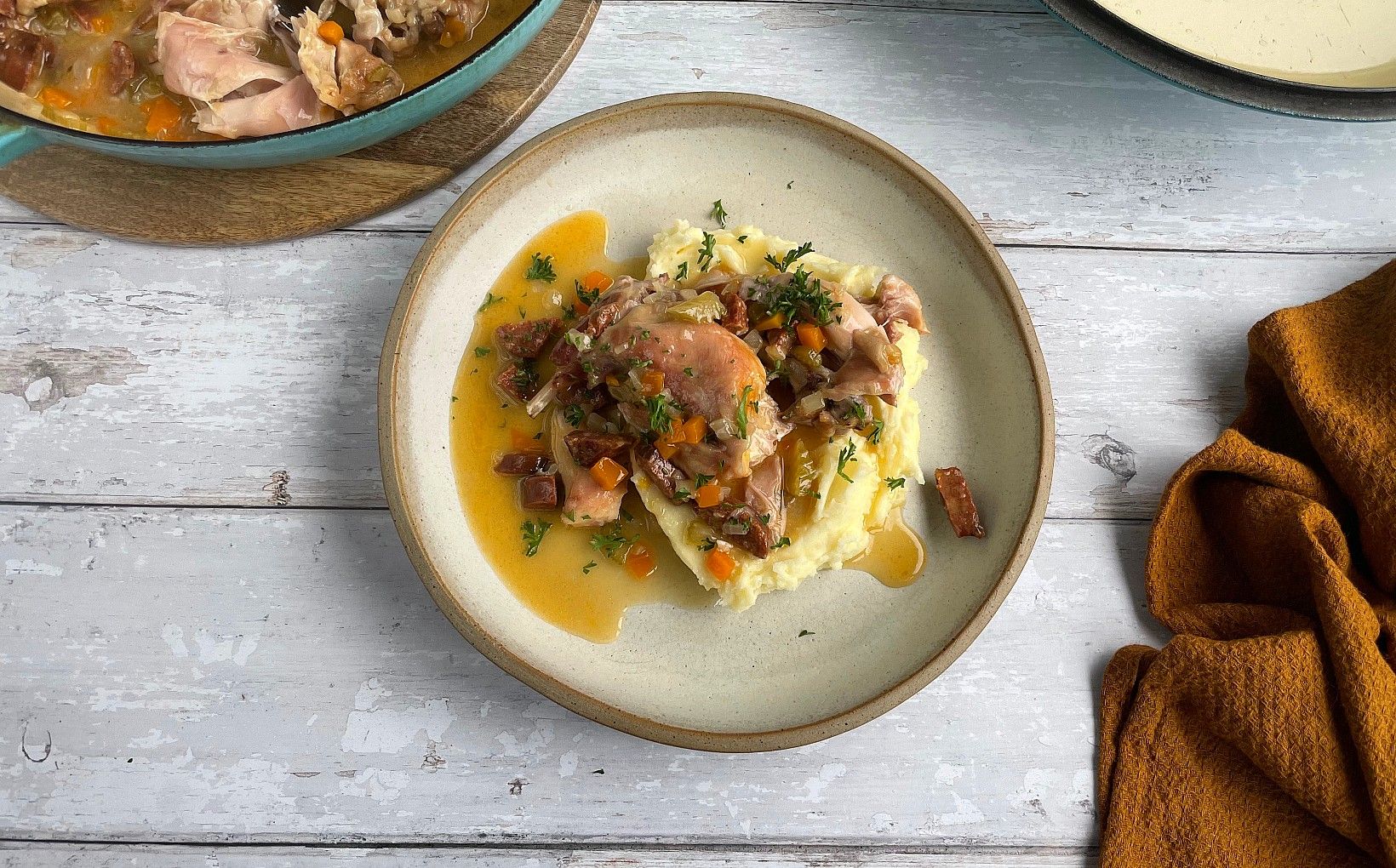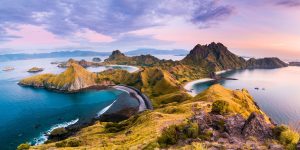Rabbit stew is a classic, slow-cooked dish enjoyed across Europe, particularly in France, Italy, Belgium, and Spain. Known for its rich, savory flavors and tender meat, rabbit stew is a hearty, comforting dish that brings together rustic ingredients and traditional cooking techniques.
With its lean protein, deep flavors, and versatility, this dish has remained a beloved staple in European kitchens for centuries. Whether you’re new to cooking rabbit or looking for an authentic old-world recipe, this guide will walk you through everything you need to know about making the perfect culinary rabbit stew.
Why Rabbit Stew is a Timeless European Dish

- A Traditional Recipe – Featured in French, Italian, and Spanish country kitchens for generations.
- Lean & Healthy – Rabbit meat is high in protein and low in fat, making it a nutritious choice.
- Rich, Slow-Cooked Flavor – A well-braised rabbit absorbs seasonings beautifully and becomes fork-tender.
- Perfect for Cold Weather – A warm, comforting stew that’s ideal for fall and winter meals.
Key Ingredients for Classic Rabbit Stew
Rabbit stew can be prepared in many styles, but the essential ingredients remain simple and rustic:
Main Ingredients
- 1 whole rabbit, cut into pieces
- 3 tbsp olive oil or butter
- 1 onion, finely chopped
- 2 carrots, sliced
- 2 celery stalks, chopped
- 3 cloves garlic, minced
- 2 tbsp flour (for thickening)
- 1 cup dry white wine (or red wine for a deeper flavor)
- 2 cups chicken or vegetable broth
- 1 bay leaf
- 1 sprig fresh thyme (or 1 tsp dried thyme)
- 1 tsp rosemary
- Salt & black pepper, to taste
- 1 tbsp Dijon mustard (optional, for added depth)
- ½ cup chopped tomatoes (optional, for Mediterranean-style stew)
Optional Additions
- Mushrooms – Adds an earthy, umami flavor.
- Bacon or Pancetta – Enhances richness and depth.
- Olives – Popular in Spanish and Italian rabbit stews.
- Potatoes or Parsnips – For a heartier version.
Step-by-Step Guide to Making Rabbit Stew
1. Prepare the Rabbit Meat
- If using a whole rabbit, cut it into leg, loin, and rib sections.
- Pat the meat dry and season generously with salt and black pepper.
2. Brown the Rabbit Pieces
- Heat olive oil or butter in a large Dutch oven or heavy pot over medium heat.
- Sear the rabbit pieces for 3-4 minutes per side, until golden brown.
- Remove and set aside.
3. Sauté the Aromatics
- In the same pot, add onions, carrots, celery, and garlic.
- Cook for 5 minutes, stirring occasionally, until softened.
- Sprinkle in flour, stirring well to create a light roux.
4. Deglaze with Wine & Simmer
- Pour in white wine, scraping up any browned bits from the bottom.
- Let the wine reduce by half (about 3 minutes).
- Add broth, bay leaf, thyme, rosemary, and Dijon mustard.
5. Add the Rabbit & Braise
- Return the seared rabbit pieces to the pot.
- Cover and simmer on low heat for 1.5 to 2 hours, until the meat is tender and falling off the bone.
6. Adjust Seasoning & Serve
- Taste and adjust seasoning with salt, pepper, and herbs.
- Remove bay leaf and thyme sprig before serving.
Regional Variations of Rabbit Stew
🇫🇷 French Lapin à la Moutarde – A creamy rabbit stew with Dijon mustard and white wine.
🇮🇹 Italian Coniglio alla Cacciatora – Includes tomatoes, olives, and rosemary.
🇪🇸 Spanish Conejo en Salsa – Made with paprika, garlic, and sherry wine.
🇧🇪 Belgian Rabbit Stew with Beer – Uses dark Belgian beer instead of wine.
Best Side Dishes for Rabbit Stew
Pair rabbit stew with traditional European sides for a complete meal:
🥖 Crusty French Baguette – Perfect for soaking up the flavorful broth.
🥔 Mashed Potatoes – A creamy, comforting side.
🍚 Butter Rice or Polenta – A lighter alternative to potatoes.
🥗 Green Salad with Vinaigrette – Balances the richness of the stew.
🍷 Red or White Wine – Complements the dish beautifully (see below).
Best Wine Pairings for Rabbit Stew
🍷 White Wine (for lighter rabbit stews):
- Sauvignon Blanc
- Chardonnay
- Viognier
🍷 Red Wine (for richer rabbit stews):
- Pinot Noir
- Merlot
- Côtes du Rhône
🍺 Beer Pairing:
- Belgian Trappist Ale
- Amber Ale
- Farmhouse Saison
Tips for Cooking the Perfect Rabbit Stew
- Use Farmed or Wild Rabbit – Farmed rabbit is milder, while wild rabbit has a richer, gamier flavor.
- Slow Cook for Maximum Tenderness – Rabbit is lean, so low and slow cooking prevents it from drying out.
- Let the Stew Rest – Like most braised dishes, flavors develop even more after resting.
- Experiment with Flavors – Try adding smoked paprika, juniper berries, or a splash of vinegar for depth.
Why You Should Try Rabbit Stew
- Authentic European Comfort Food – A dish that connects generations and traditions.
- A Delicious Alternative to Chicken or Beef – Lean, healthy, and full of flavor.
- Perfect for Slow Cooking Lovers – The longer it simmers, the better it tastes!
- A Gourmet Experience at Home – Feel like a Michelin-star chef in your own kitchen.
Final Thoughts
Rabbit stew is a timeless European dish that brings together rich flavors, rustic ingredients, and slow-cooked comfort. Whether you’re making a French-style Lapin à la Moutarde, an Italian Cacciatora, or a Spanish Conejo en Salsa, this dish is a true culinary experience.
So why not embrace the tradition and cook a hearty rabbit stew for your next cozy dinner? Bon appétit! 🇫🇷🍷🍲
Have you tried rabbit stew before? Share your favorite recipe or variation in the comments! 😊



















